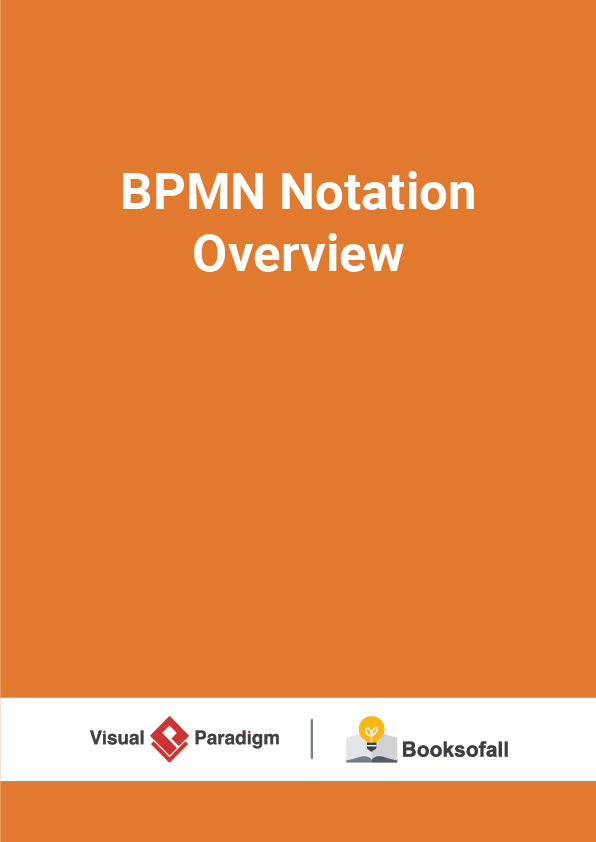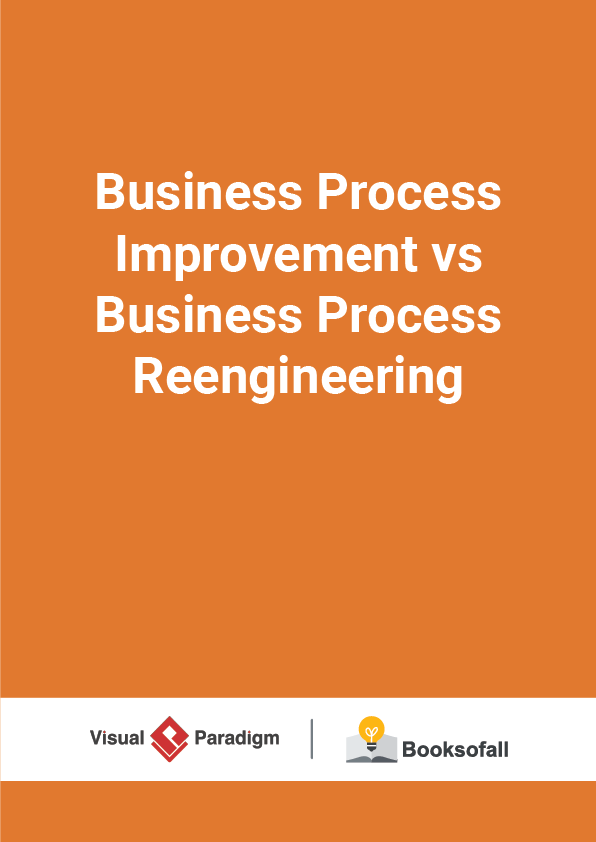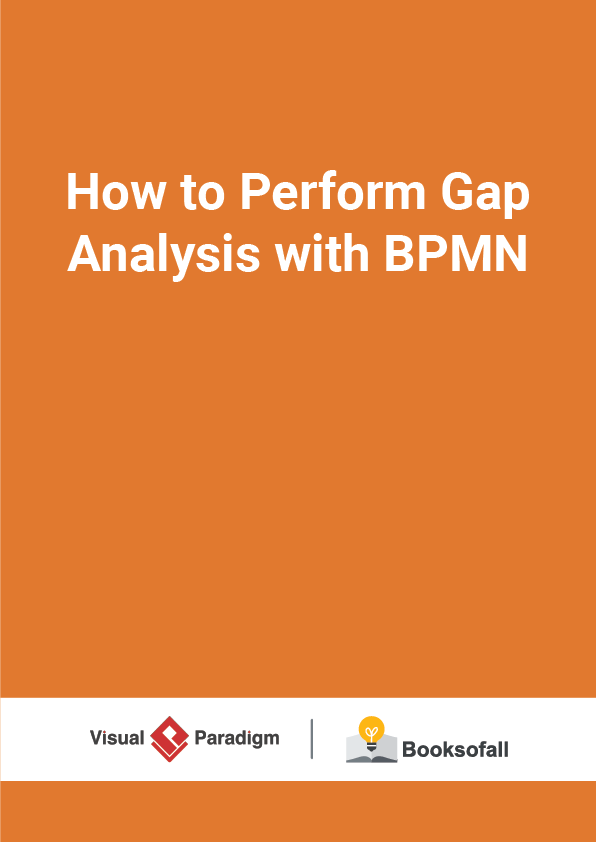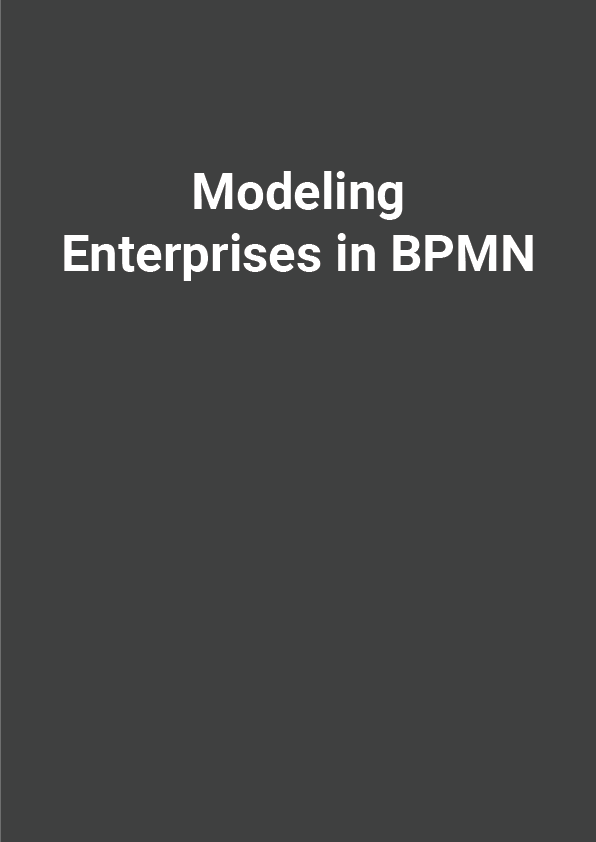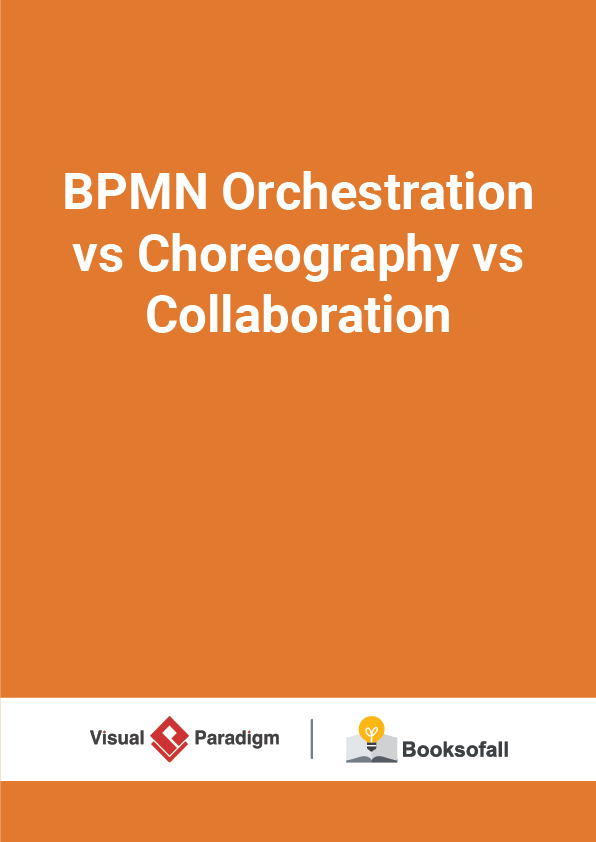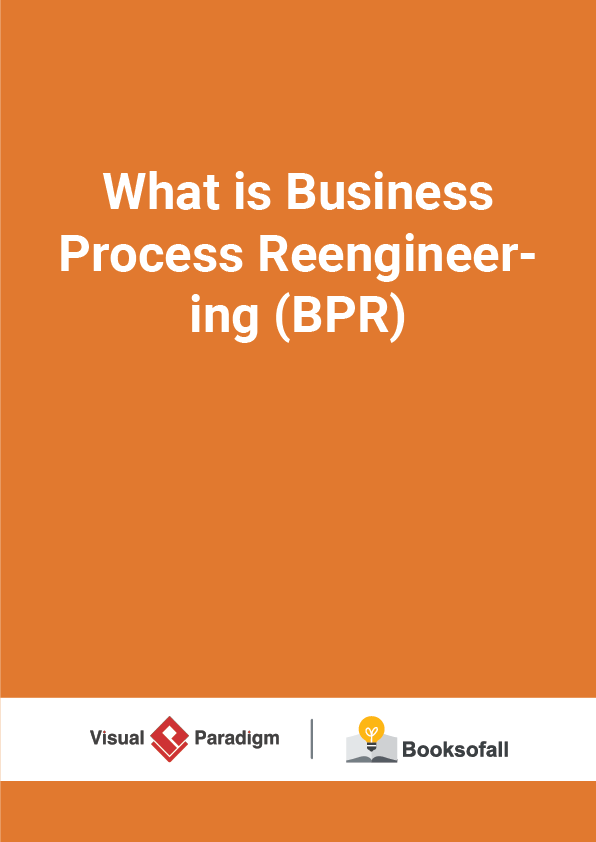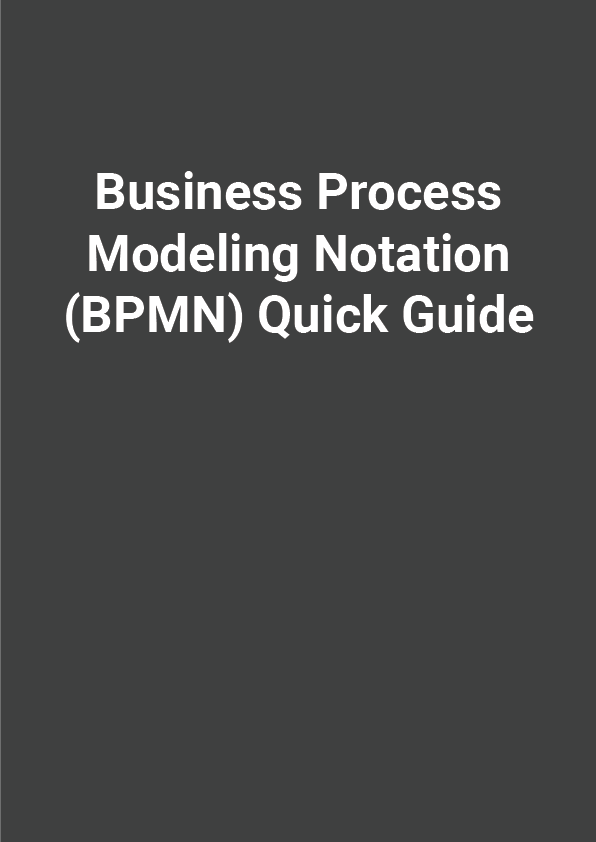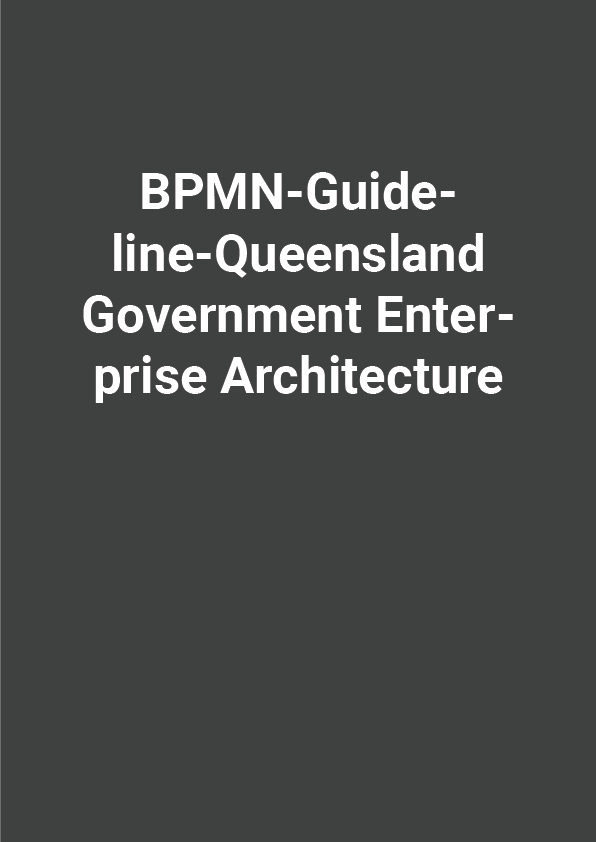BPMN Notation Overview
8-10 minutes
A business goal is a target that an organization aims to achieve by performing correctly the related business process.
“A business process consists of a set of activities that are performed in coordination in an organizational and technical environment. These activities jointly realize a business goal”
Purpose of BPMN
The primary goal of the BPMN effort was to provide a notation that is readily understandable by all business users, from the business analysts that create the initial drafts of the processes, to the technical developers responsible for implementing the technology that will perform those processes, and finally, to the business people who will manage and monitor those processes.
- A BPD BPMN defines a Business Process Diagram (BPD) which is made up of a set of graphical elements. A BPMN is based on a flowcharting technique tailored for creating graphical models of business process operations.
- A Business Process Model, then, is a network of graphical objects, which are activities (i.e., work) and the flow controls that define their order of performance.
- These elements enable the easy development of simple diagrams that will look familiar to most business analysts (e.g., a flowchart diagram).
- The elements were chosen to be distinguishable from each other and to utilize shapes that are familiar to most modelers.
BPMN can also be supported by an internal model that will enable the generation of executable BPEL4WS. Thus, BPMN creates a standardized bridge for the gap between the business process design and process implementation. Thus, BPMN can be applied in three different levels:
- Descriptive Process Models – Suitable for high-level modeling – should be comfortable for analysts that have used flowcharts.
- Analytic Process Models – Contains the concepts most commonly used and covered in BPMN training
- Common Executable Process Models – Focuses on the elements required for executable process models
Evolution of BPMN
- BPMN was originally developed by the Business Process Management Initiative(BPMI).
- The BPMN 1.0 specification was released to the public in May 2004. This specification represents more than two years of effort by the BPMI Notation Working Group.
- A BPMN Specification document was released by OMG in February 2006. Version2.0 of BPMN was developed in 2010, and the actual version of the specification was released in December 2013.
- The latest version (2.0.2) has been formally published by ISO as the 2013 edition standard: ISO/IEC 19510.
BPMN Core Elements
A BPD is made up of a set of graphical elements. These elements enable the easy development of simple diagrams that will look familiar to most business analysts (e.g., a flowchart diagram). The elements were chosen to be distinguishable from each other and to utilize shapes that are familiar to most modelers.
For example, activities are rectangles and decisions are diamonds. It should be emphasized that one of the drivers for the development of BPMN is to create a simple mechanism for creating business process models, while at the same time being able to handle the complexity inherent to business processes.
The approach taken to handle these two conflicting requirements was:
- To organize the graphical aspects of the notation into specific categories.
- This provides a small set of notation categories so that the reader of a BPD can easily recognize the basic types of elements and understand the diagram.
- Within the basic categories of elements, additional variation and information can be added to support the requirements for complexity without dramatically changing the basic look-and-feel of the diagram.
